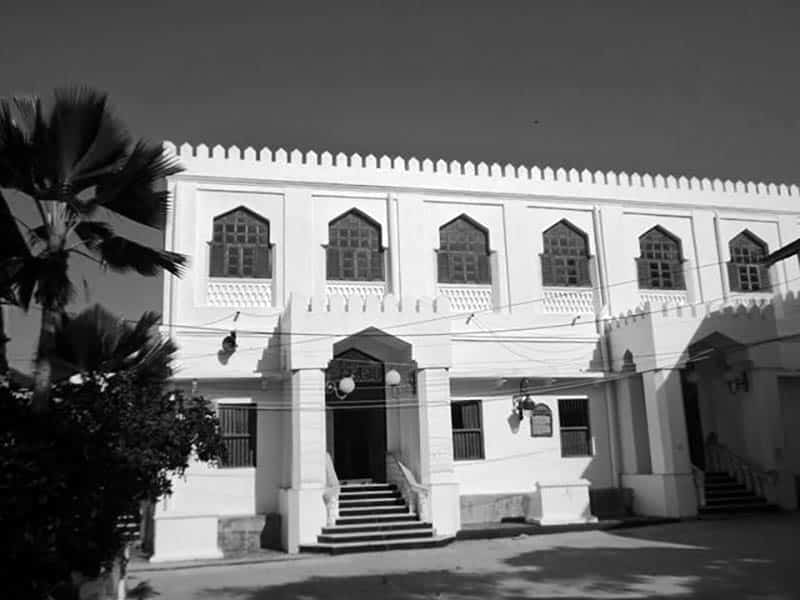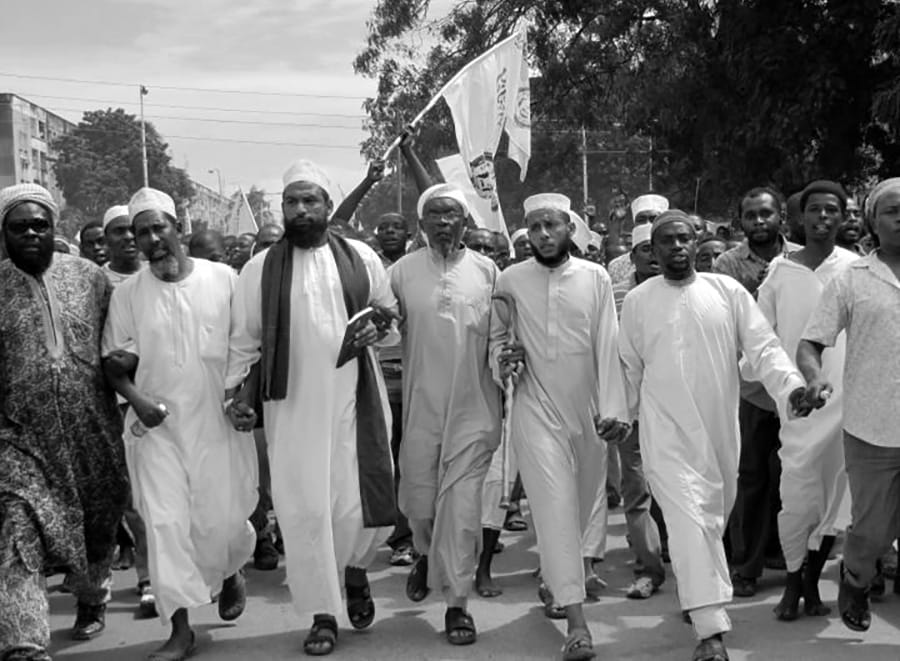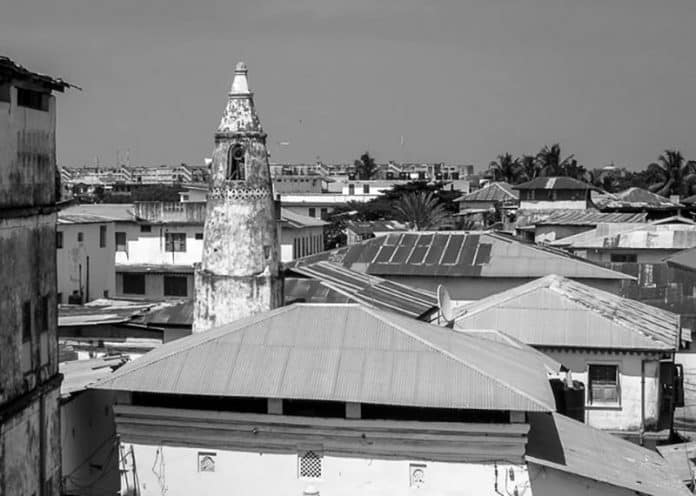Islam in Zanzibar – History, Denominations, Institutions and More
Islam in Zanzibar is the main religion, a semi-autonomous archipelago that is the Islamic capital of Tanzania. About 98% of Zanzibar’s population 581724 is Islamic, with the majority of them belonging to Sunni Muslims and the minorities being Ismaili, Twelver Shia, and Ibadi. Islam in Zanzibar has been present a long time, with archeological evidence spanning as far as the 10th century. It has also been an important factor in shaping maritime and mercantile Swahili culture on the Island and the coast of East Africa.
Background of Islam in Zanzibar
Faith and Origin of Islam Education in Zanzibar
The archeological evidence shows proof of presence of Islam in Zanzibar for over a millennium. The most ancient archeological features are the Friday mosque situated in Ras Mkumbuu, the mosque’s Kufic inscription in Kizimkazi is dated at 1106 A.D. Several historical accounts exist about the introduction of Islam along the coast of East Africa. Some accounts suggest that Islam in Zanzibar was introduced by Arab traders who came from the Southern part of the Arabic peninsula, other accounts suggest that Islam was spread by Zaidite groups from Somalia and Ethiopia, while others suggest it came through Persia. Despite these theories, Islam in Zanzibar has been a unifying factor, via which cosmopolitan, urban, and mercantile Swahili culture was born.
Civilization
Swahili on the coast of East Africa has historically meant having at least a minimally understanding of the Islam message. In trans-cultural relations, Islam in Zanzibar unified people through moral conduct as well as ethics and put people within an imaginary universal Islamic umma. Swahili town dwellers were seen to share more similarities with fellow Muslims and trade partners abroad compared to groups in the neighboring African mainland. This meant that they placed their ancestral origin outside Africa, the groups emphasized their Shirazi origin in Persia, as well as their Arab origin especially after Zanzibar, became the capital of Oman’s sultanate during the 1800s. As time passed, Islam in Zanzibar became a core component of what civilization meant (Unngwana, ustaarabu), which involved viewing things linked to distant Islamic lands as prestigious.

Culture and Islam
Post-revolution of Islam in Zanzibar
Muslim Denominations
Sunni
Currently, about 90% of Muslims in Zanzibar are part of the Sunni culture and adhere to the Shafi’i school of jurisprudence.
Movements of Sufi
Brotherhoods of Sufi include Shadhiliya and Qadhriyya. The influence of Sufi brotherhoods flourished in the 19th Century due to an increase in flows and movements of immigrants in the period when Zanzibar was a commercial, religious and cultural center along the Swahili coast. Spread via immigrants from Benadir (coast of Somali) and Hadramaut (Yemen) Sufi brotherhoods differed from Ibadi Islamism of the reigning Omani class welcome to freed slaves and aimed to improve the means of assimilating people from the hinterlands of Africa in the Swahili society.
Salafi Movements
Groups inspired by Salafi have been in Zanzibar since the late 20th century, they include the Ansâr Sunna (defenders of the sunna) movement which is influenced by Wahabi. The Ansâr Sunna characteristically engage in da’wa (mission) to revitalize Islam in Zanzibar and were critical of how the traditional and local customs (Mila) had impacted Islamism on the Island. This included the criticism of practices like Ziara ( shaykhs tomb visiting), tawasud (the practice of blessing saints during prayers), Maulid celebrations ( Prophet birthday), and khitma (praying for the dead). Salafi groups also criticized traditional healing practices (Uganga) and the influence of western culture, which was attributed to the growing tourism industry in Zanzibar and was linked to immorality such as improper dressing, increased alcohol use, and prostitution.
Shia
Shia Muslims include Shia Ismailis, Shia ithna’asharis, and Shia Bohras. Most people of the Shia minority are Asian with ties to India. Ties to India are important to Shia Bohras as illustrated in their marriage practices which aim to preserve their Asian identity. Sheikh Abdulrazak Amiri is pushing to spread Ahlulbayt teachings in Zanzibar for Twelver Shia.
Muslim Institutions
- The Trust commission and the Wakf
- The Mufti’s office
- The Kadhi courts
- The Muslim Academy
Key Muslim Clerics of Islam in Zanzibar
Sheikh Abdullah Saleh Farsy was an acknowledged scholar, poet, and Muslim historian. He is recognized for his input to Islamic knowledge and was the first person to translate Quran to Swahili. He authored ‘Baadhi ya Wanavyoni wa Kishafii wa Masharika ya Afrika’ which was translated to English as Hagiography of Muslim Scholars in East Africa.
Sheikh Nassor Bachoo was also a renowned Muslim cleric, especially in Kenya and Tanzania. Despite being a controversial person in Zanzibar, Sh. Bachoo is seen as the spiritual leader of reform movements of Salafi like the Ansar Sunna.
The late Sheikh Amir Tajir was Zanzibar’s Chief qadi.
Collision of Politics with Islam in Zanzibar
Uamsho (awakening) is popular for Jumiki, a Swahili acronym for Jumuiya ya Uamsho na Mihadhara ya Kiislamu Zanzibar translated as the Association of Public Discourse and Islamic awareness in Zanzibar. Uamsho was founded towards the end of the 1990s and registered in 2002 as an NGO. The organization aimed to facilitate Muslim rights and unity through public preaching. It was critical of the ruling party Chama cha mapinduzi from the onset, claiming that the government had restricted Muslim rights in addition to corrupting Zanzibar by its failure to uphold morality in the society. Uamsho initiated a widespread protest in 2012 for an independent Zanzibar concerning a review

process on the constitution in Tanzania which led to frictions with the government after Uamsho held a public march even though religious public gatherings meetings were banned. After the arrest of Sh. Musa Juma, the Uamsho leader, supporters took to the streets to protest in anger and attacked institutions associated with Christian churches and CCM. With tensions building up in 2012 with more riots in October, the main leaders of Uamsho including Sh Farid Ahmad were arrested and sentenced to jail.
For more articles related to Main Religion in Tanzania, click here!





























